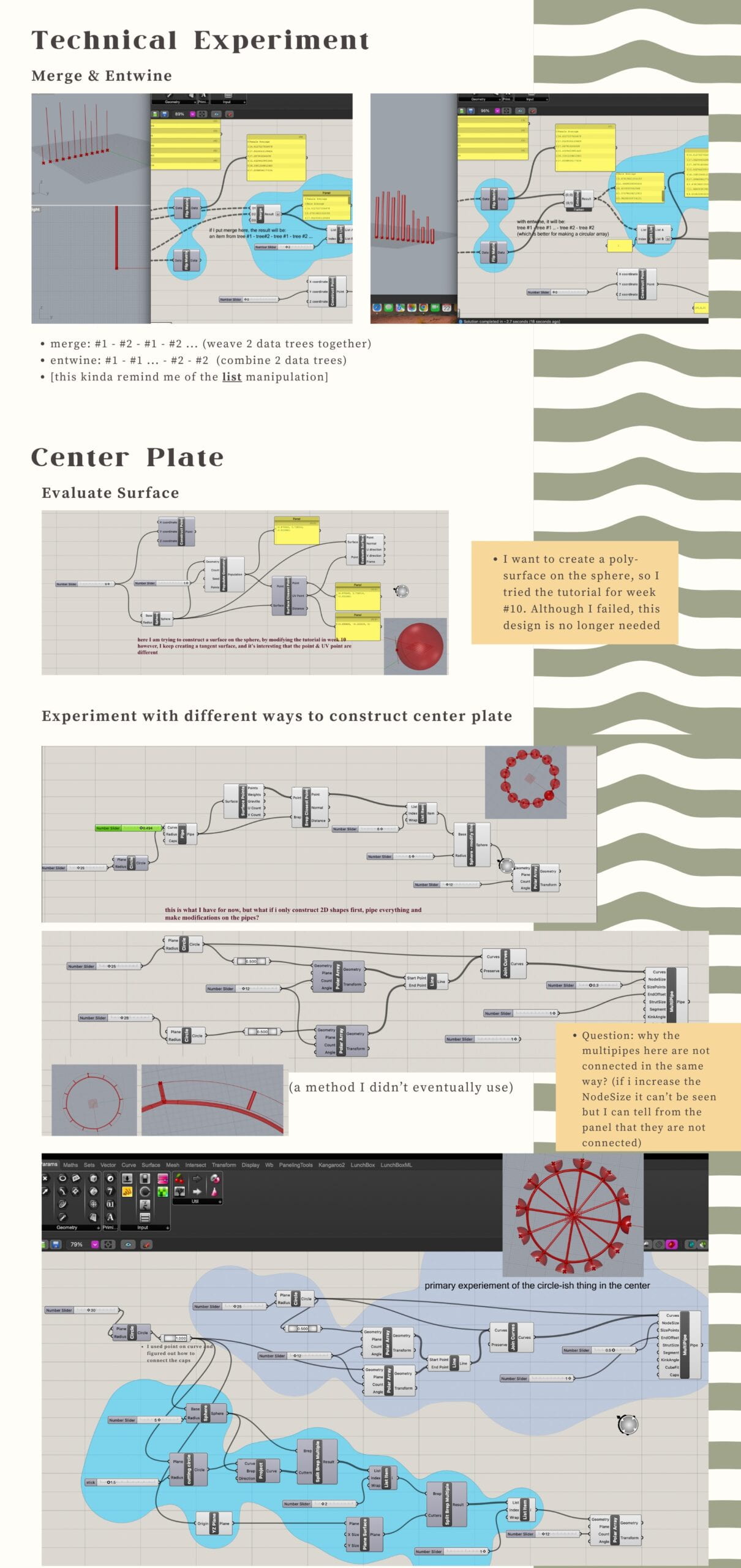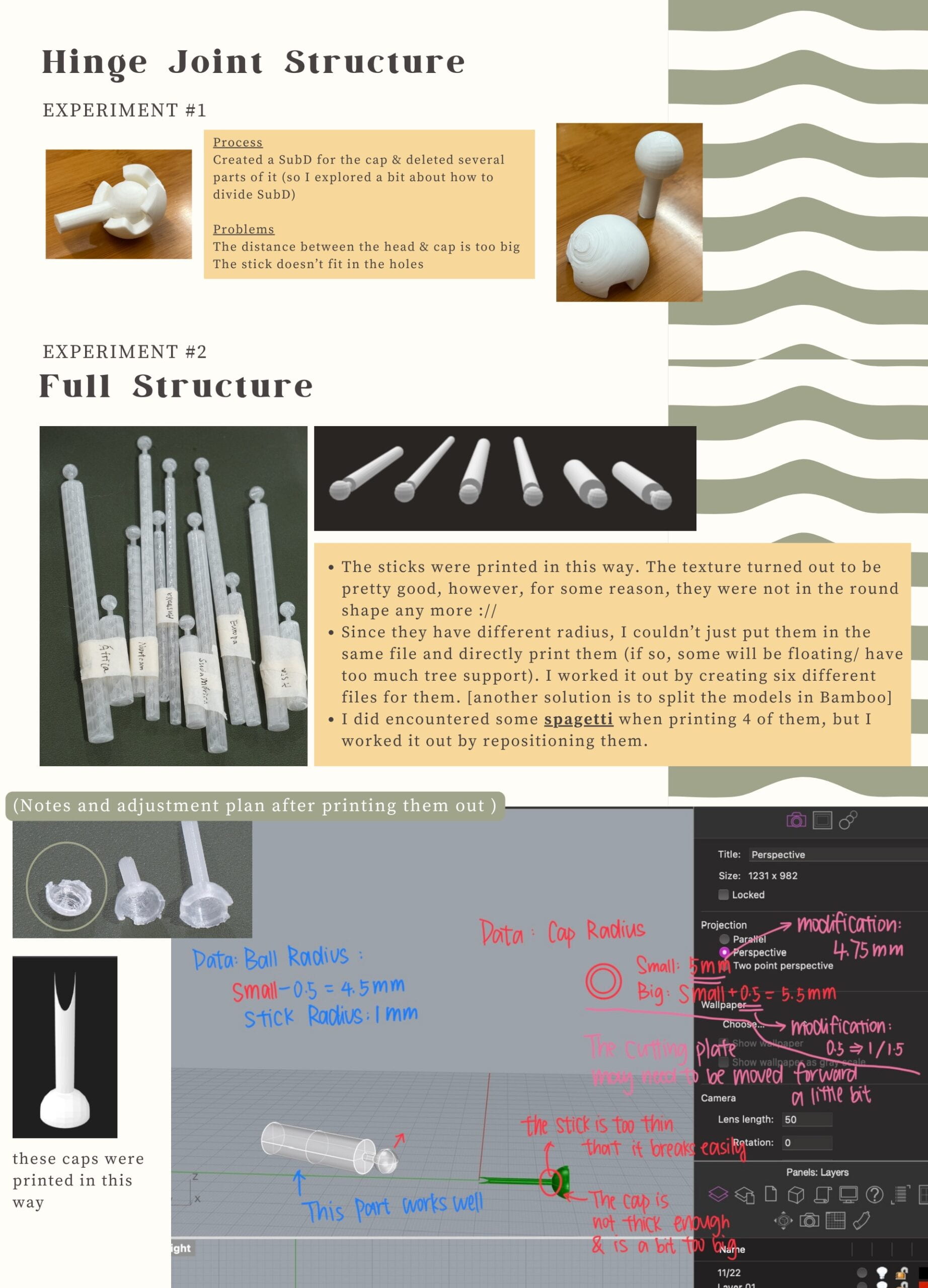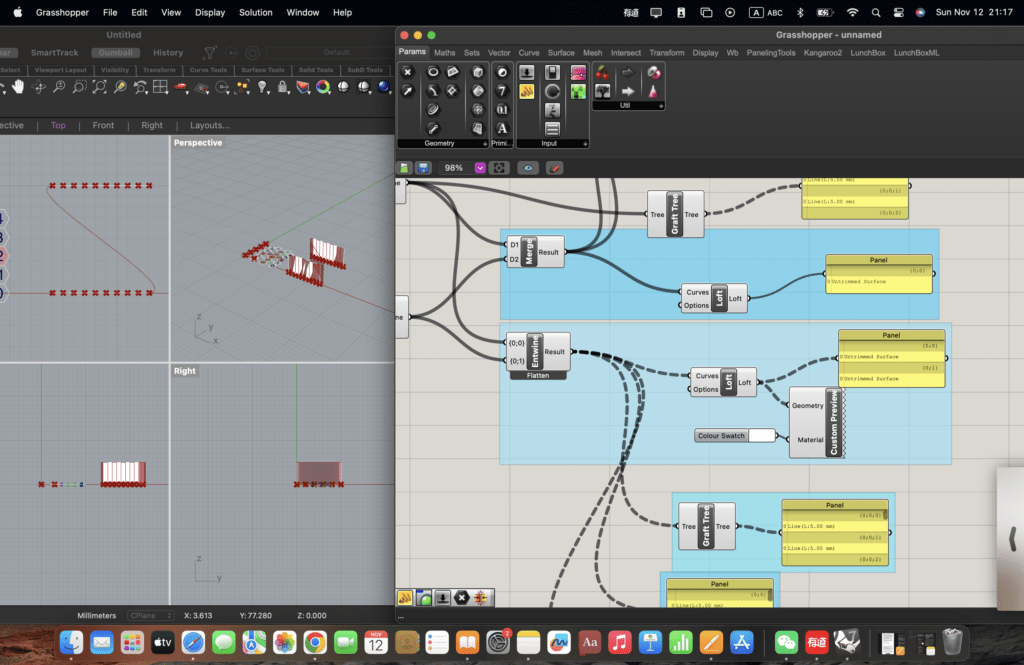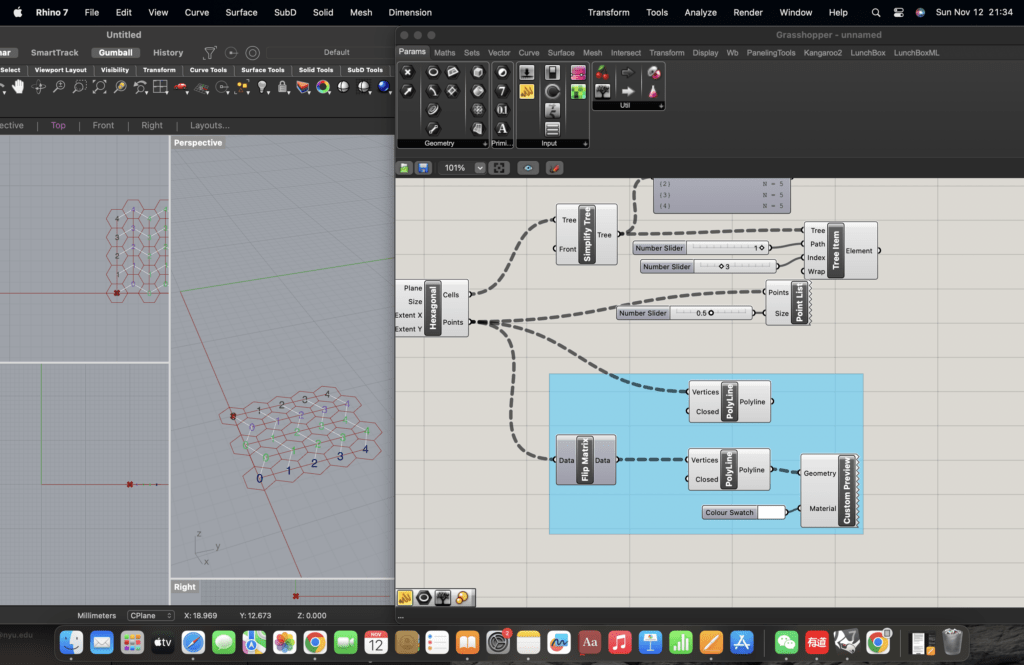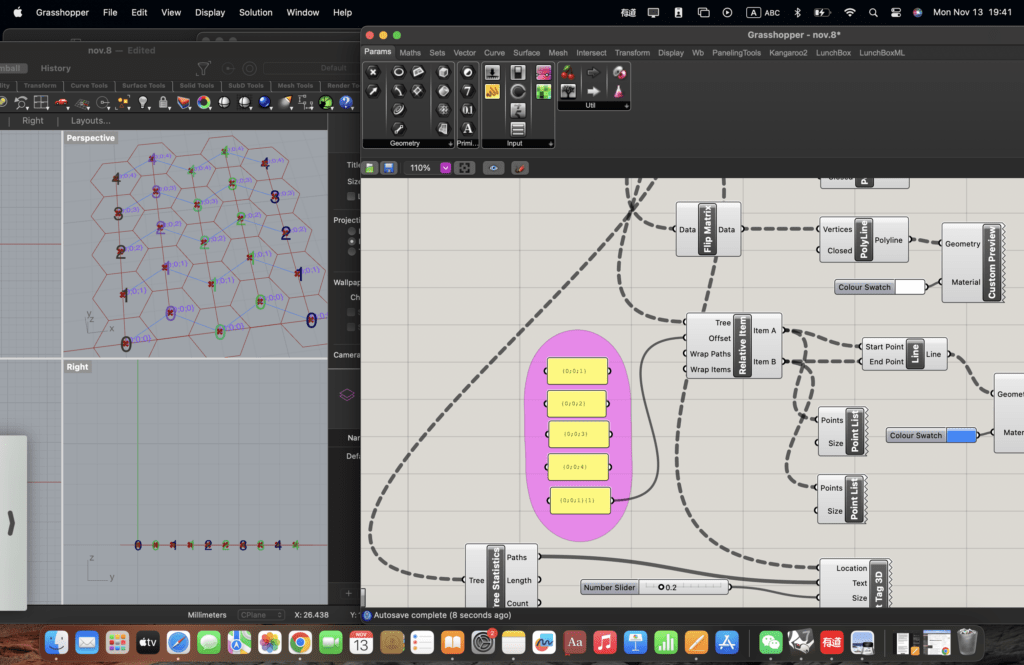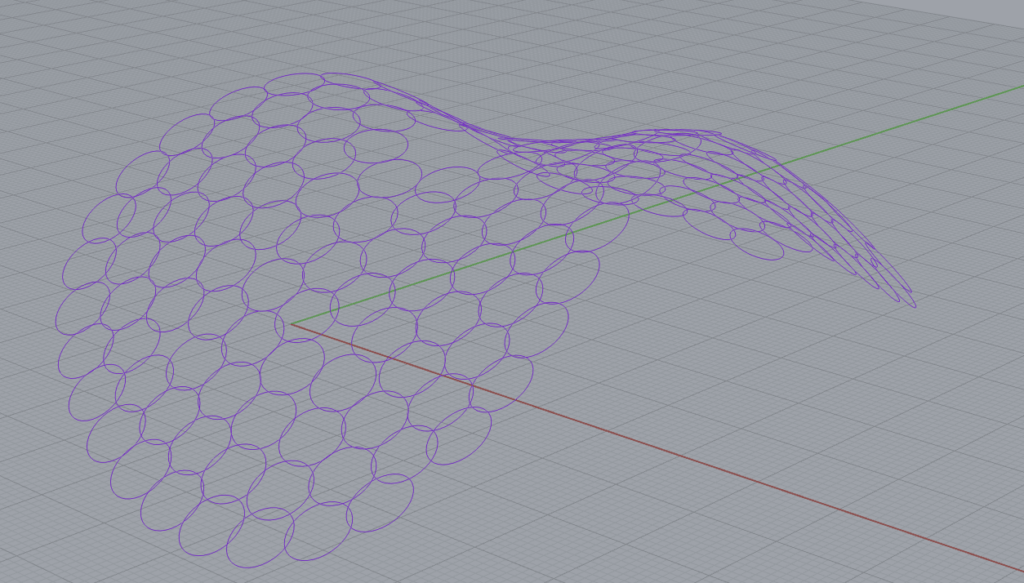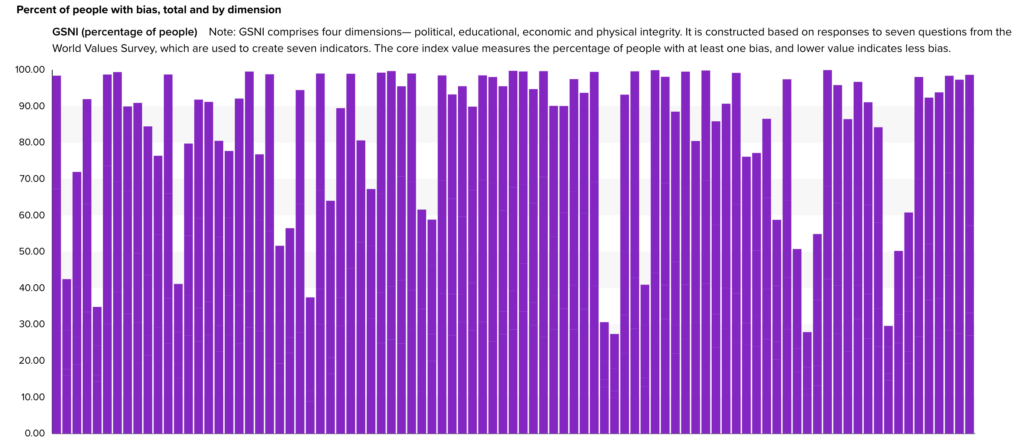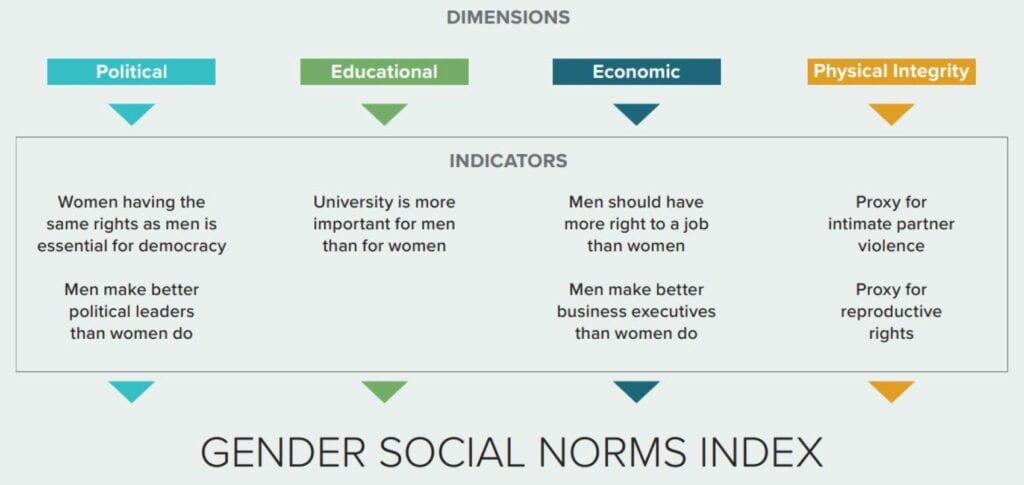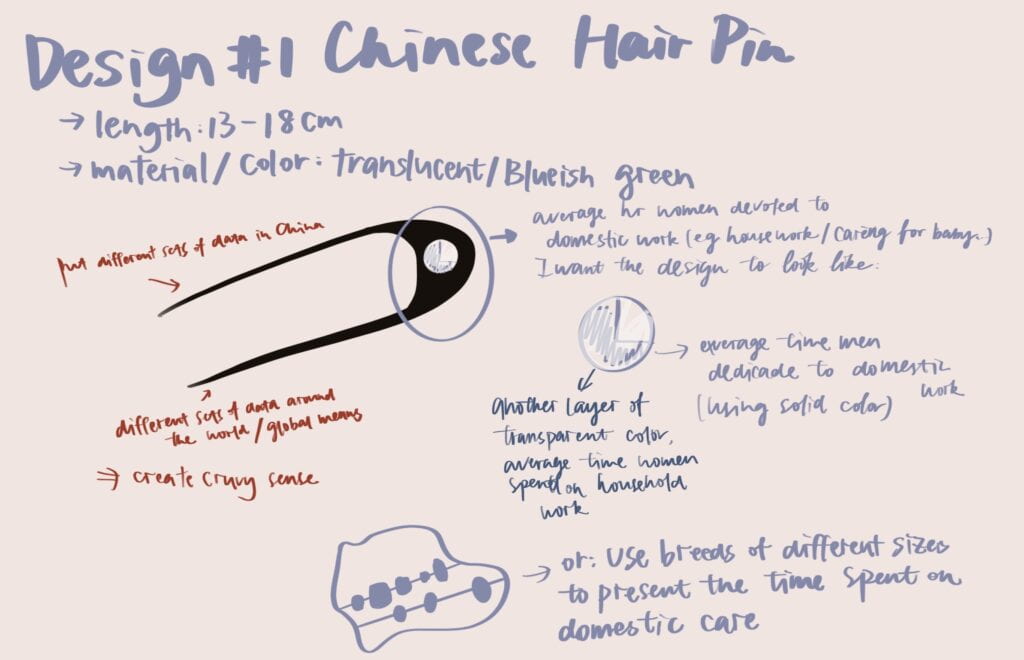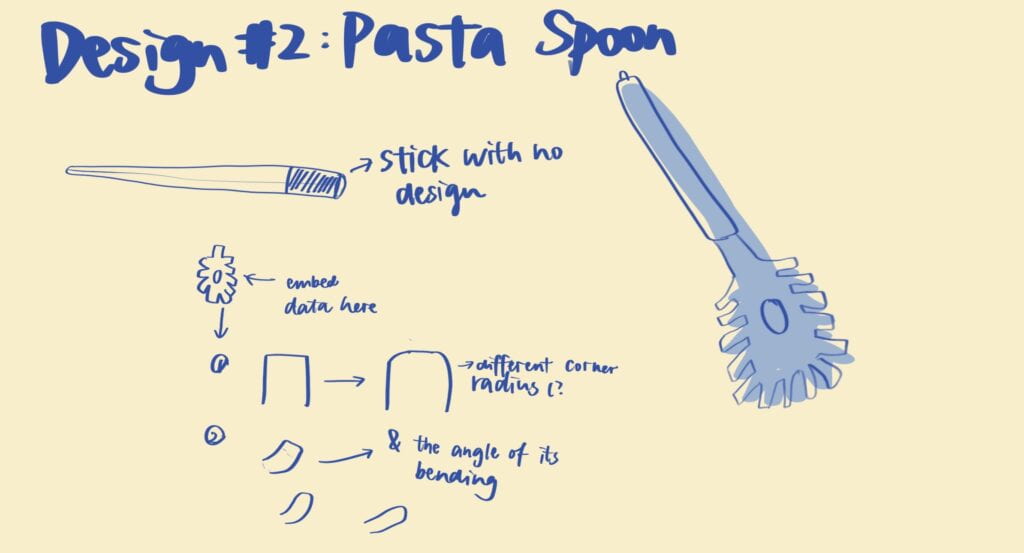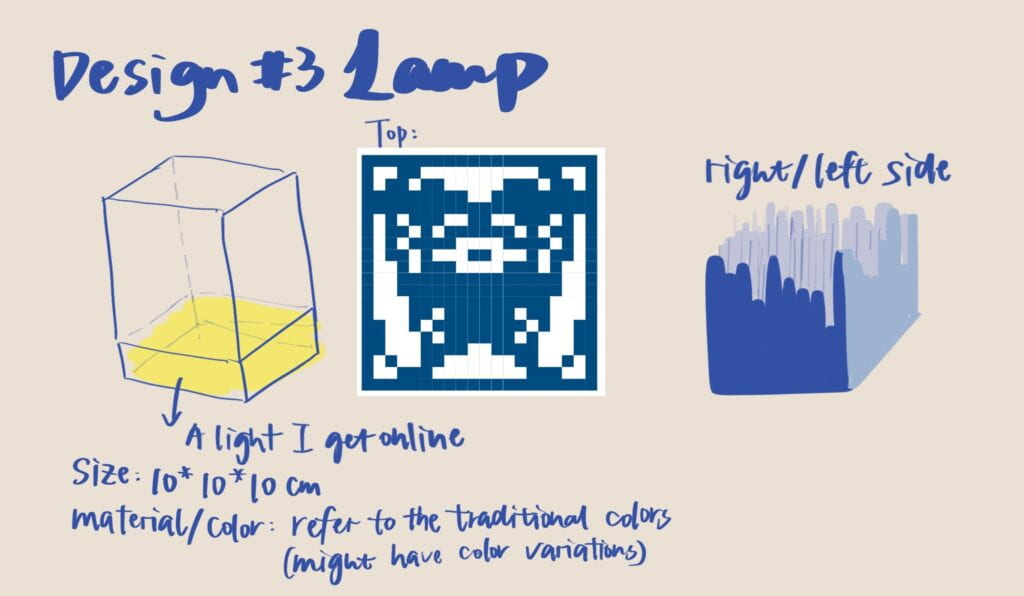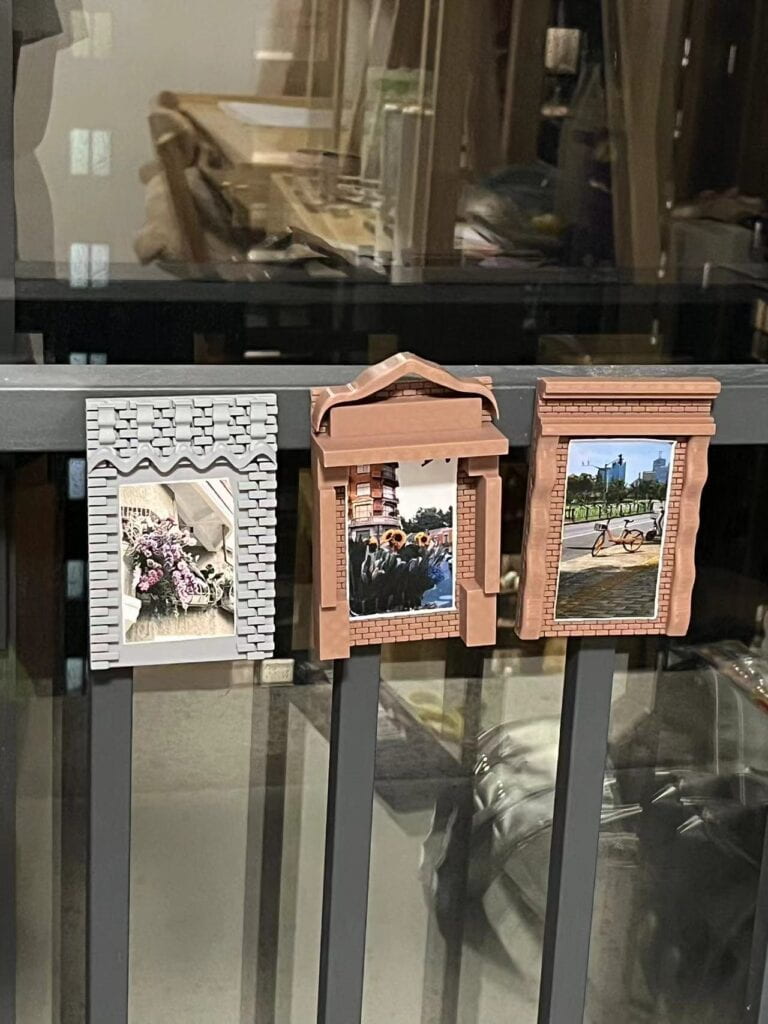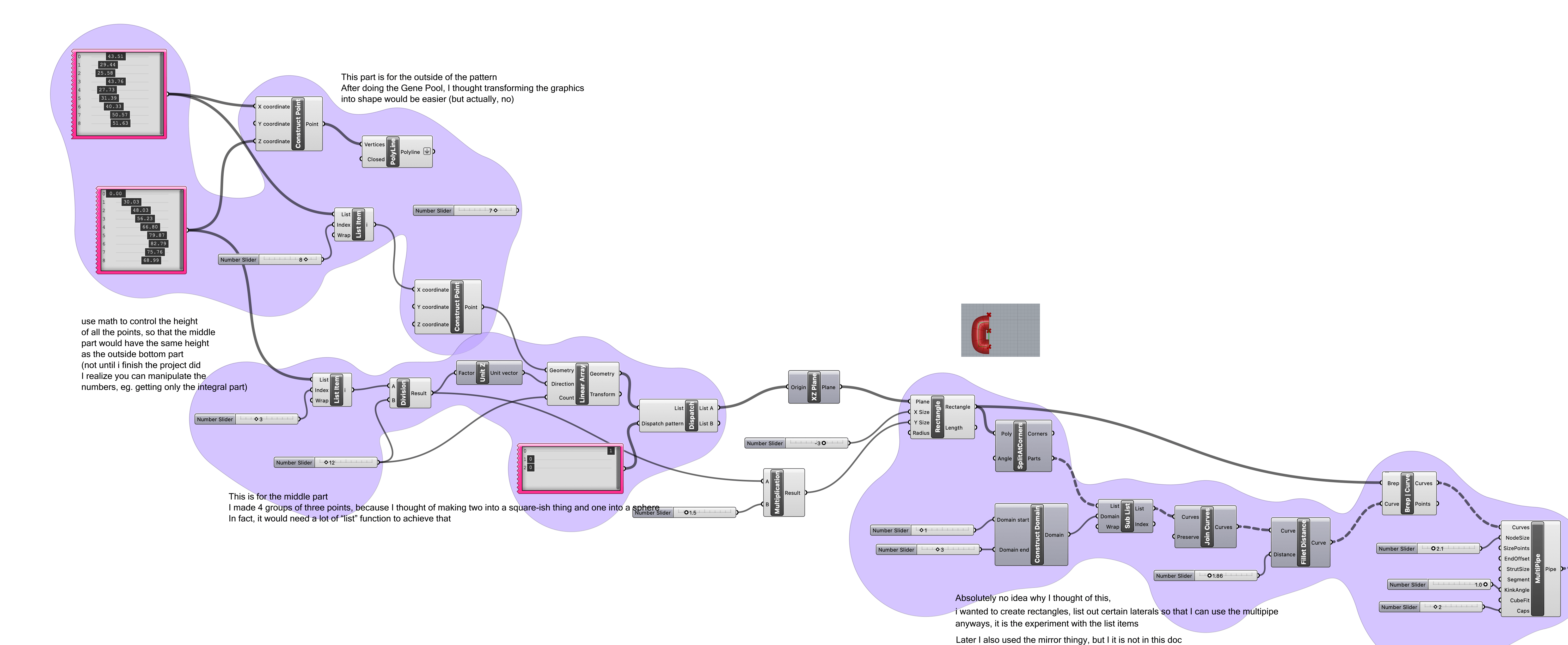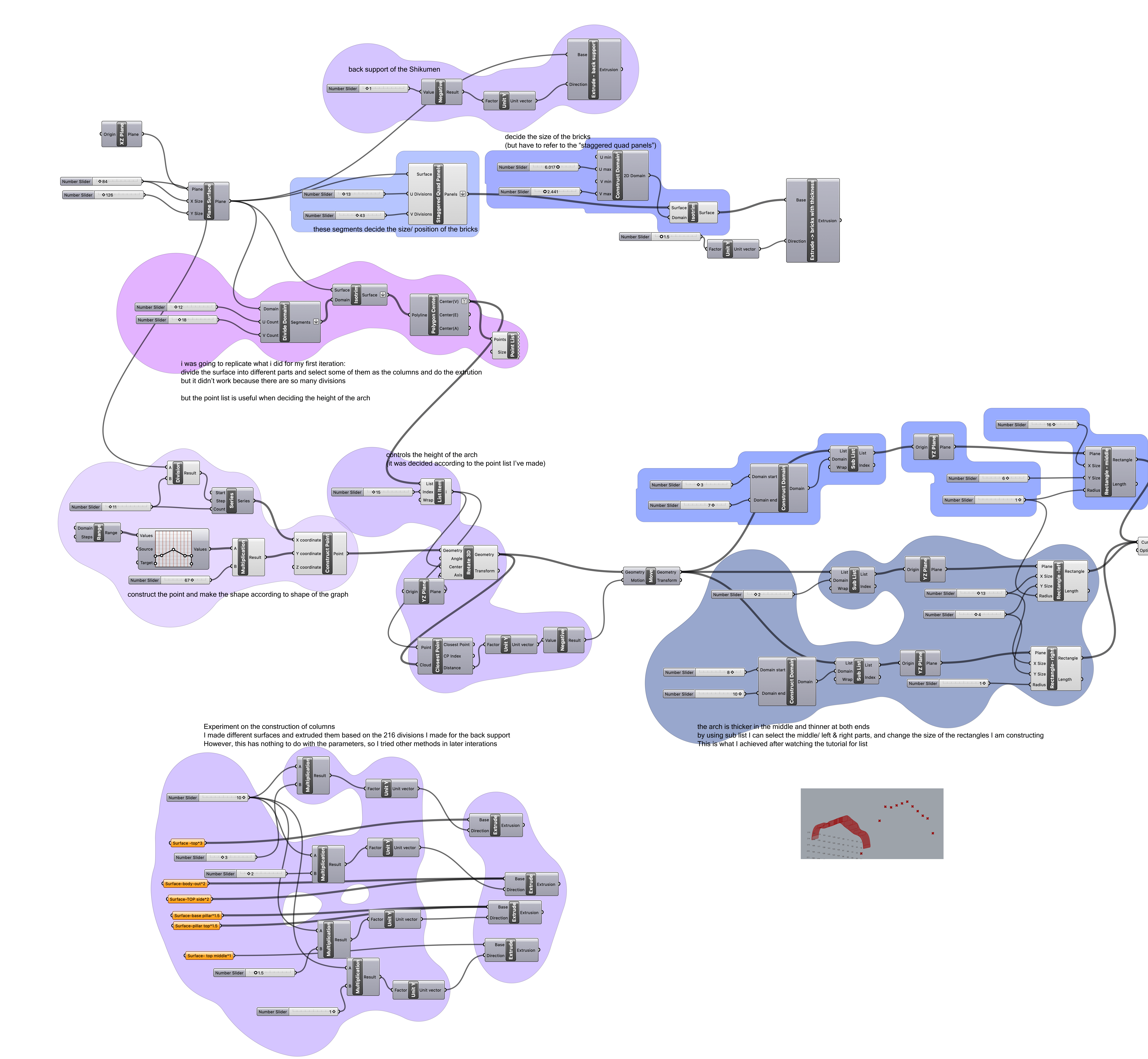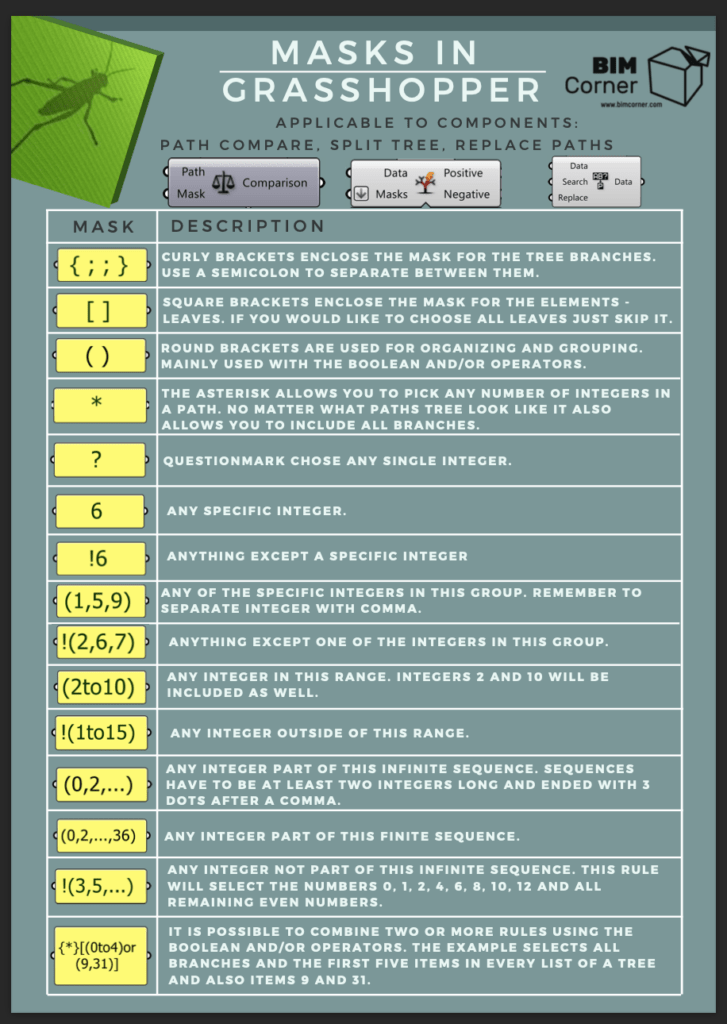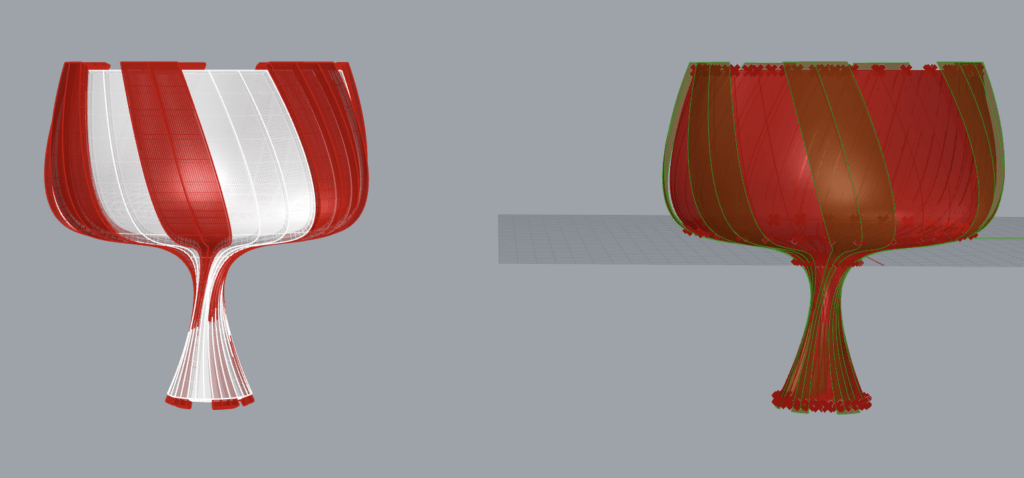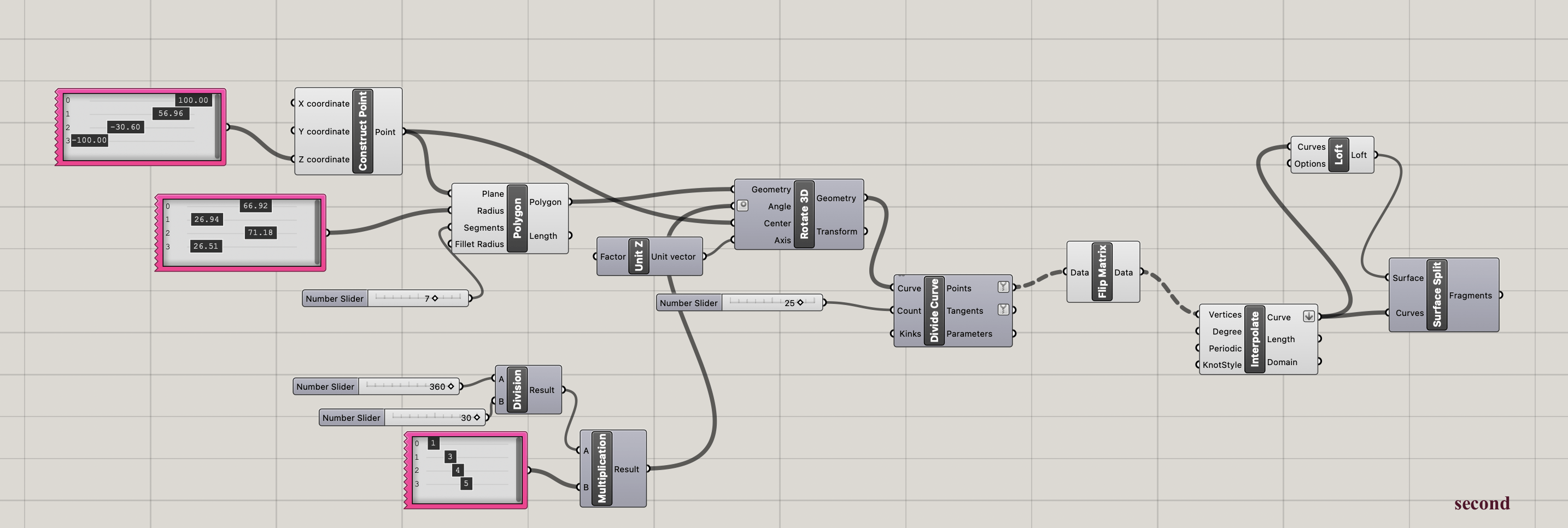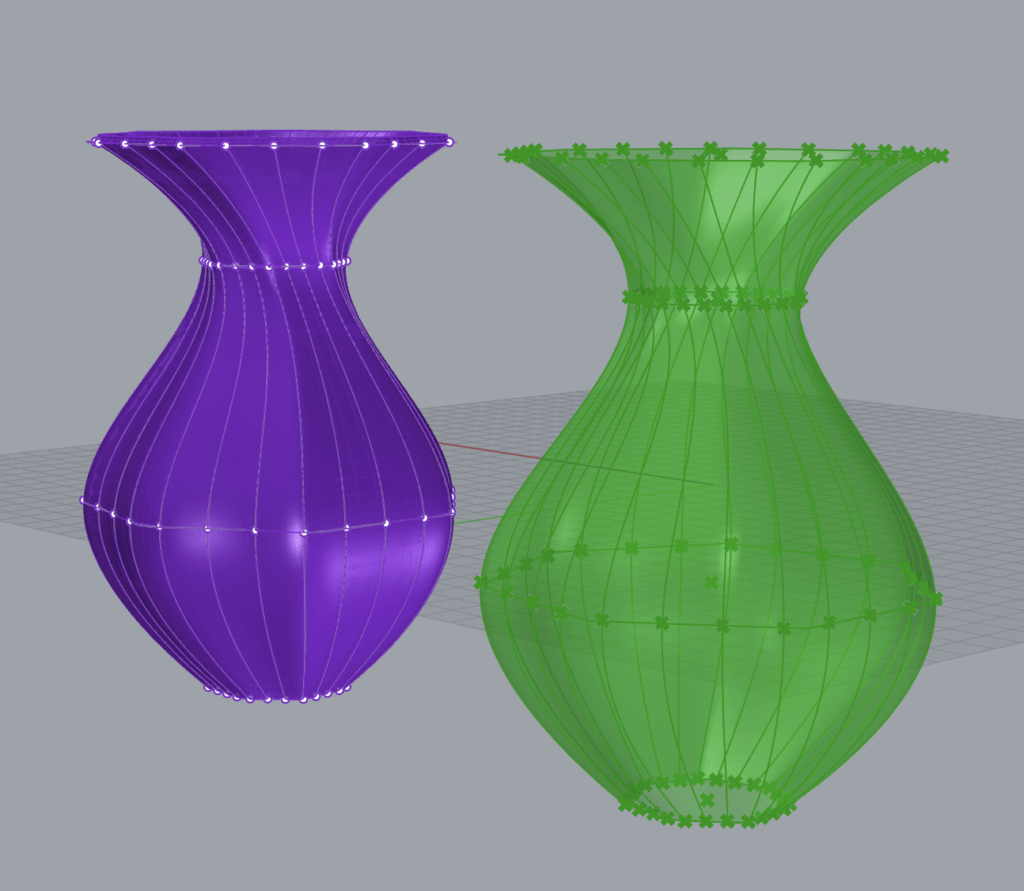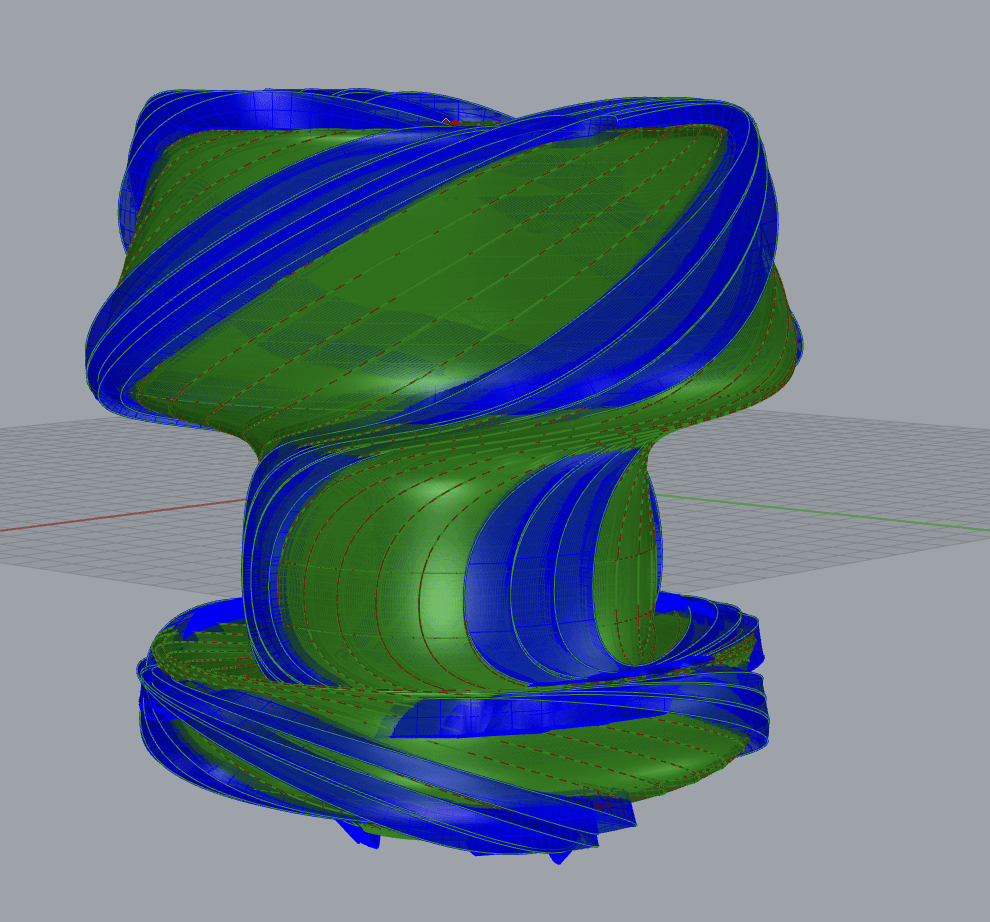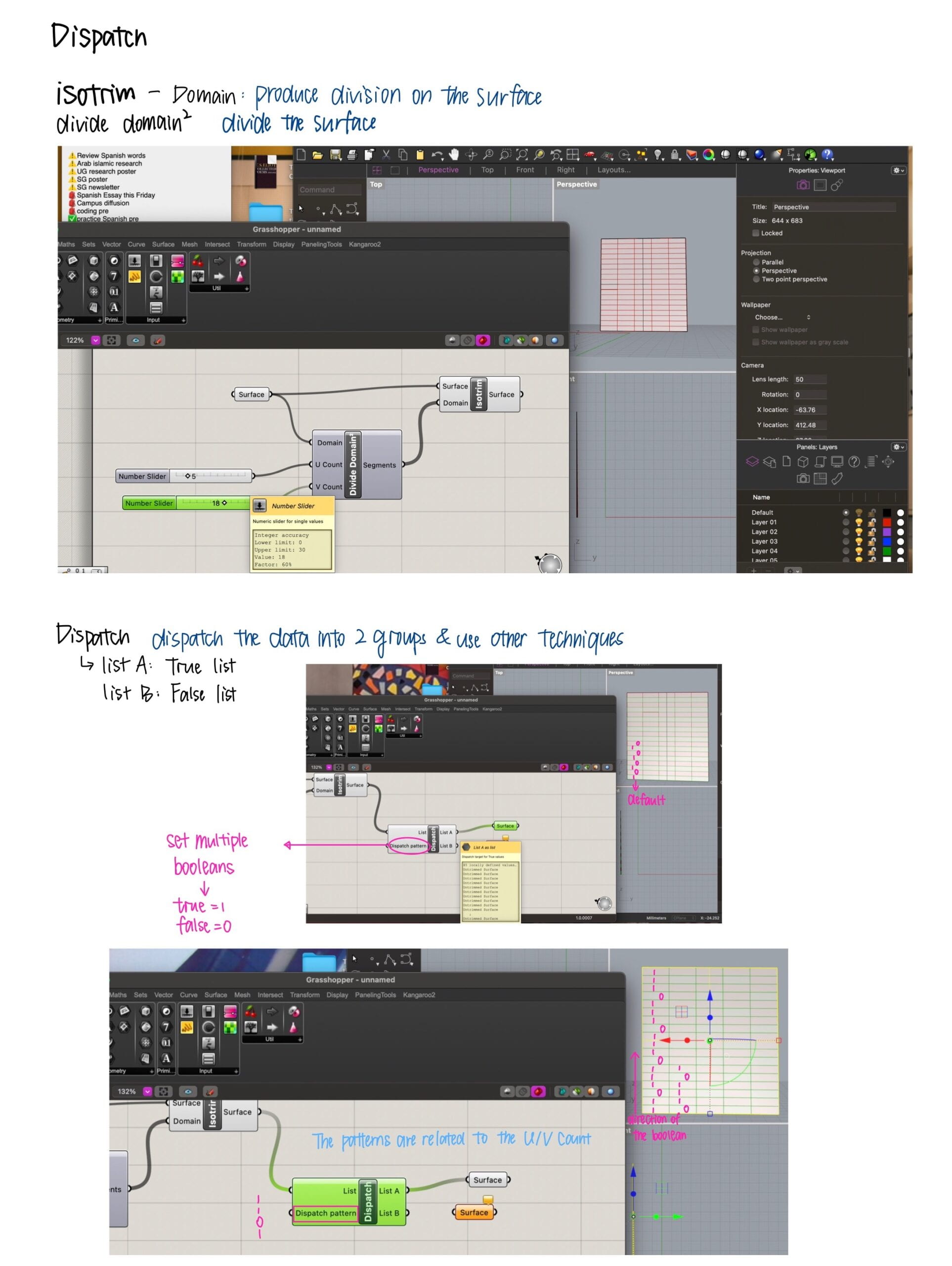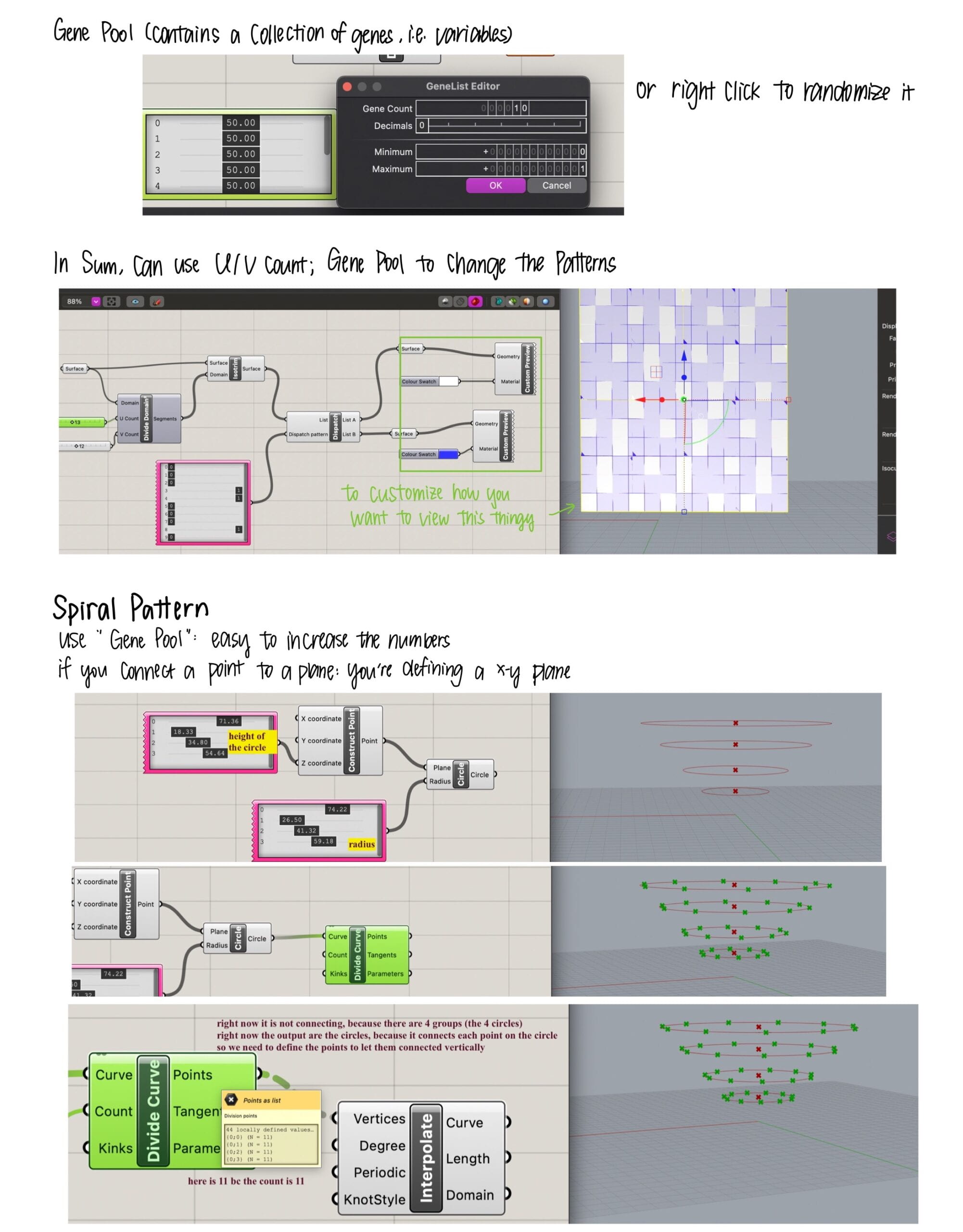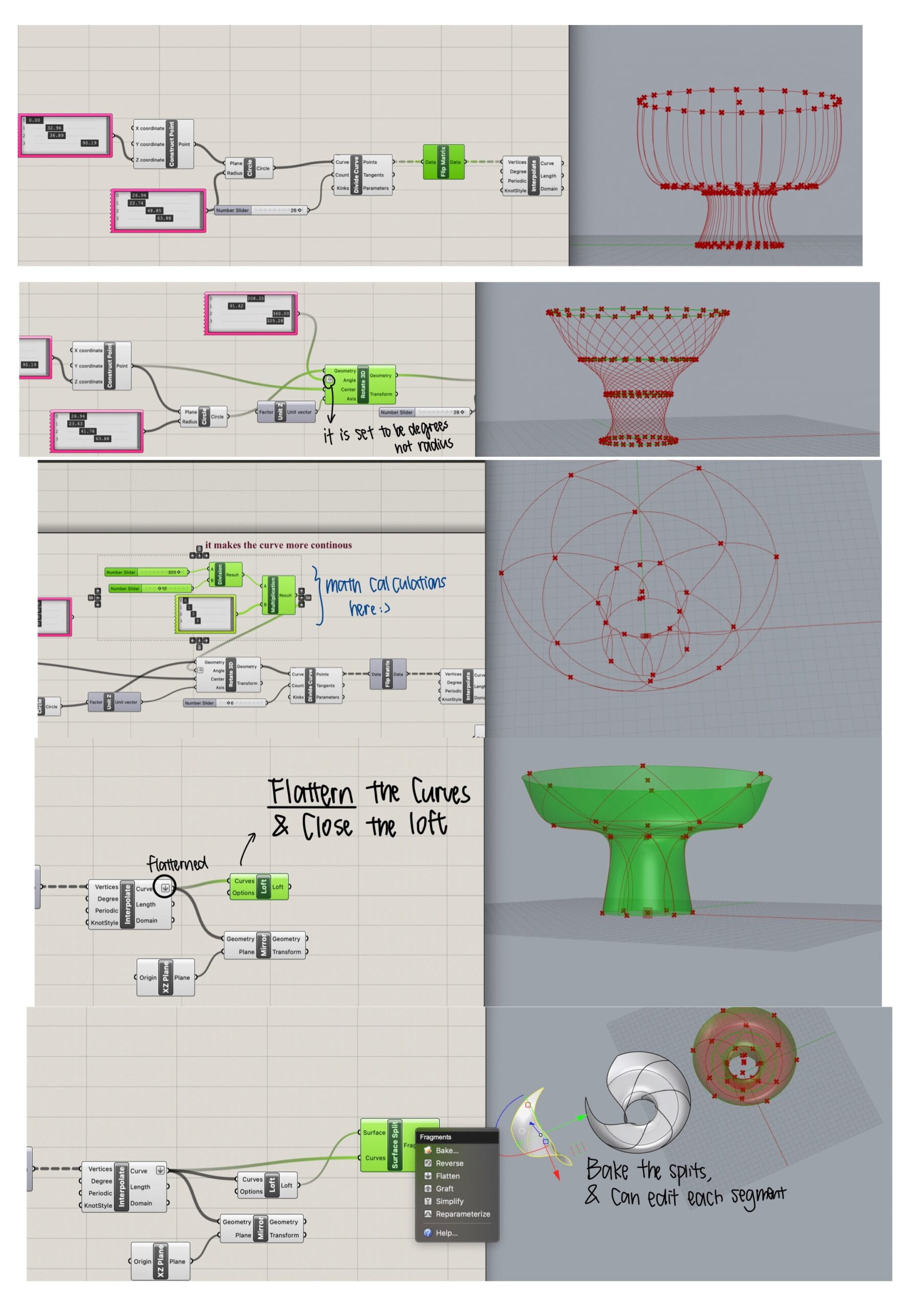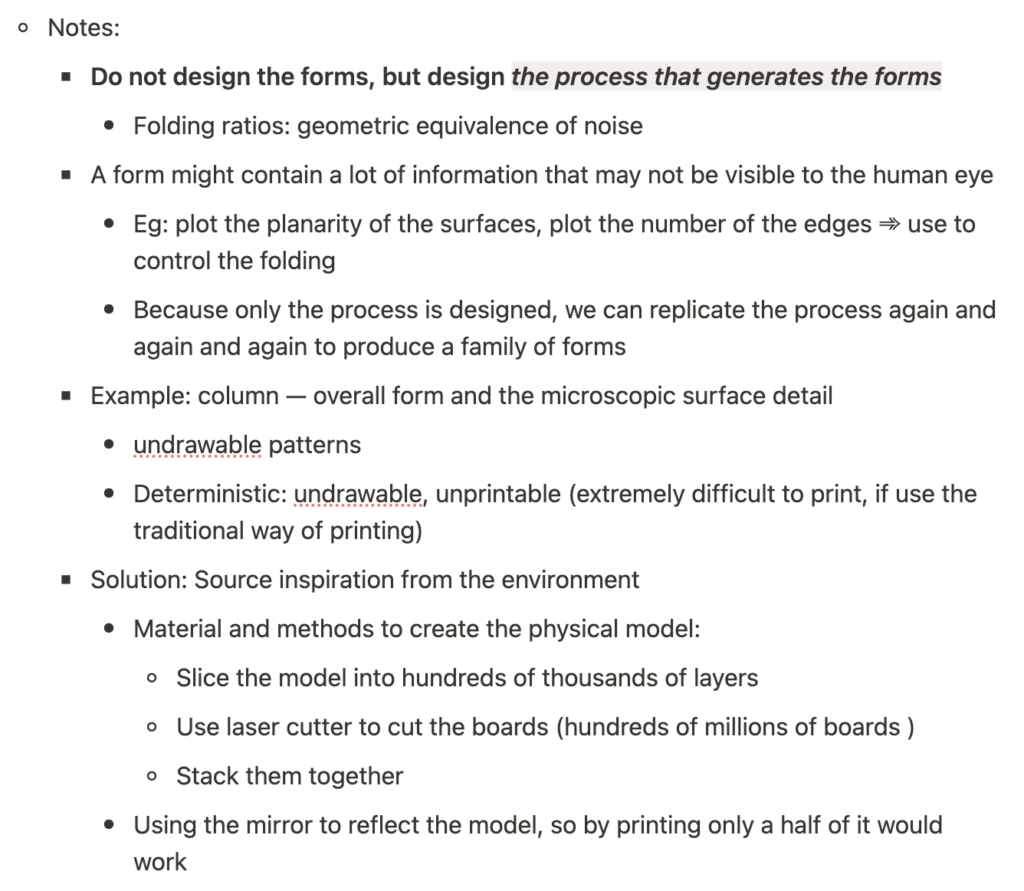Reading Reflection | Critical Making
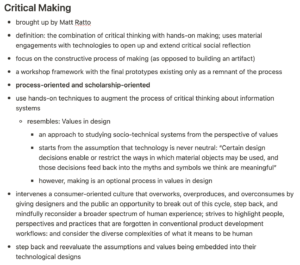
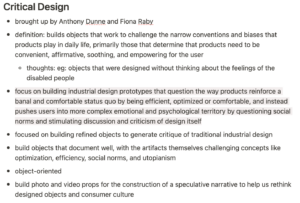
The data set I am using is the amount of time women and men spend on unpaid care and domestic work. One of the significance of this dataset lies in its implication on gender gap. On the other hand, there exists a stereotype that housework is women’s responsibility. The society expects women to shoulder these mundane, minute, yet tiring unpaid work. By implementing the data into the drip hanger, the disparity between time spent on domestic work can be physicalized. The length of each stick represents the time women/ men of each continent spend on domestic work. The radius of each stick is the female – make time ratio. In other words, the sicker the stick is, the less time male spend on domestic work in comparison to their female counterparts. The hanger, ideally, will tilt towards women’s side. Together with the thickness, I wish to provide insight into how imbalance the domestic work distribution is.
In my proposal, I hope this project can be interactive in the way that the audience can choose which continent they are interested in by opening the specific stick, and drawing in other sticks. In this way they can contrast the female-male data of a specific continent. However, the center hinge structure is a bit difficult to model as the cap is always too big for the ball. I am still working on this part.
The material I chose to use is the transparent material, just for the aesthetics. I bought the metal hook, however, if it doesn’t fit my model, I might as well 3D print one. I also want to incorporate cotton string to try the Macrame, in substitute for the clips, to visualize the data of each country. It might make it difficult to hang clothes on this hanger, but I think it is an ideal way to present the data.
I definitely learned a lot from the proposing process. At first, the dataset I found was very general (just about the gender gap). The object I thought of didn’t convey my ideas well, because I put too much emphasis on aesthetic value. However, as I narrowed my data down to the “unpaid domestic care and housework”, the idea became much more specific and easier to understand.
(One fun fact I want to share: this work actually echoes with Wallerstein’s theory on domestic income!! I am learning this for my humanities’ class. I’m so happy and excited that what I am learning from humanities course can be applied to my IMA courses! )
Project Iterations
